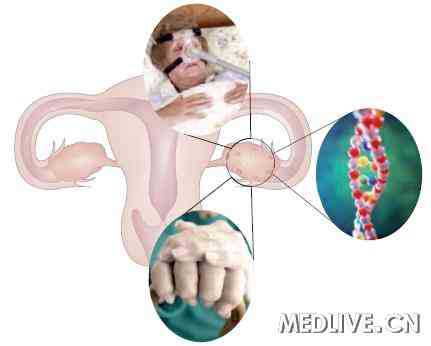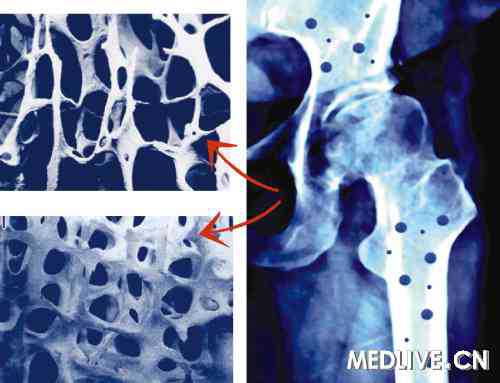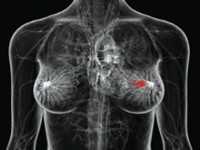Nature:TLR9在心肌炎发病中起关键作用
2012-05-10 蓝建中 新华社
近日,日本研究人员在新一期Nature杂志上报告说,他们发现了作为心力衰竭原因之一的心肌炎的发病机制。这一发现有助于开发治疗心力衰竭的新方法。 大阪大学等机构研究人员报告说,他们通过动物实验发现,由于高血压等原因使心肌细胞内的线粒体受损后,导致无用的线粒体DNA蓄积,这会引发“过度”的免疫反应,而这是炎症发生的导火索。研究人员首先培育出无法分解心肌细胞内线粒体DNA的小鼠,然后利用这种小鼠进行了

近日,日本研究人员在新一期Nature杂志上报告说,他们发现了作为心力衰竭原因之一的心肌炎的发病机制。这一发现有助于开发治疗心力衰竭的新方法。
大阪大学等机构研究人员报告说,他们通过动物实验发现,由于高血压等原因使心肌细胞内的线粒体受损后,导致无用的线粒体DNA蓄积,这会引发“过度”的免疫反应,而这是炎症发生的导火索。研究人员首先培育出无法分解心肌细胞内线粒体DNA的小鼠,然后利用这种小鼠进行了实验。
研究人员发现,受损的线粒体DNA蓄积起来后,蛋白质“TLR9”会发挥作用,激活免疫反应,引发心肌炎症,严重者可导致心力衰竭。进一步研究发现,即使能分解线粒体DNA的酶无法发挥作用,只要投放能遏制“TLR9”蛋白质的物质,那么小鼠即使出现高血压等情况,也不会出现心肌炎引发的心力衰竭。
研究人员说,明确这一机制后,将来有望通过促进分解线粒体DNA的酶发挥作用的方法和投放能遏制“TLR9”发挥作用的物质,研究出治疗心力衰竭新方法。

doi:10.1038/nature10992
PMC:
PMID:
Mitochondrial DNA that escapes from autophagy causes inflammation and heart failure
Takafumi Oka; Shungo Hikoso; Osamu Yamaguchi; Manabu Taneike; Toshihiro Takeda; Takahito Tamai; Jota Oyabu; Tomokazu Murakawa; Hiroyuki Nakayama; Kazuhiko Nishida; Shizuo Akira; Akitsugu Yamamoto; Issei Komuro; Kinya Otsu
Heart failure is a leading cause of morbidity and mortality in industrialized countries. Although infection with microorganisms is not involved in the development of heart failure in most cases, inflammation has been implicated in the pathogenesis of heart failure1. However, the mechanisms responsible for initiating and integrating inflammatory responses within the heart remain poorly defined. Mitochondria are evolutionary endosymbionts derived from bacteria and contain DNA similar to bacterial DNA2, 3, 4. Mitochondria damaged by external haemodynamic stress are degraded by the autophagy/lysosome system in cardiomyocytes5. Here we show that mitochondrial DNA that escapes from autophagy cell-autonomously leads to Toll-like receptor (TLR) 9-mediated inflammatory responses in cardiomyocytes and is capable of inducing myocarditis and dilated cardiomyopathy. Cardiac-specific deletion of lysosomal deoxyribonuclease (DNase) II showed no cardiac phenotypes under baseline conditions, but increased mortality and caused severe myocarditis and dilated cardiomyopathy 10 days after treatment with pressure overload. Early in the pathogenesis, DNase II-deficient hearts showed infiltration of inflammatory cells and increased messenger RNA expression of inflammatory cytokines, with accumulation of mitochondrial DNA deposits in autolysosomes in the myocardium. Administration of inhibitory oligodeoxynucleotides against TLR9, which is known to be activated by bacterial DNA6, or ablation of Tlr9 attenuated the development of cardiomyopathy in DNase II-deficient mice. Furthermore, Tlr9 ablation improved pressure overload-induced cardiac dysfunction and inflammation even in mice with wild-type Dnase2a alleles. These data provide new perspectives on the mechanism of genesis of chronic inflammation in failing hearts.
本网站所有内容来源注明为“梅斯医学”或“MedSci原创”的文字、图片和音视频资料,版权均属于梅斯医学所有。非经授权,任何媒体、网站或个人不得转载,授权转载时须注明来源为“梅斯医学”。其它来源的文章系转载文章,或“梅斯号”自媒体发布的文章,仅系出于传递更多信息之目的,本站仅负责审核内容合规,其内容不代表本站立场,本站不负责内容的准确性和版权。如果存在侵权、或不希望被转载的媒体或个人可与我们联系,我们将立即进行删除处理。
在此留言














#Nat#
54
#TLR#
73